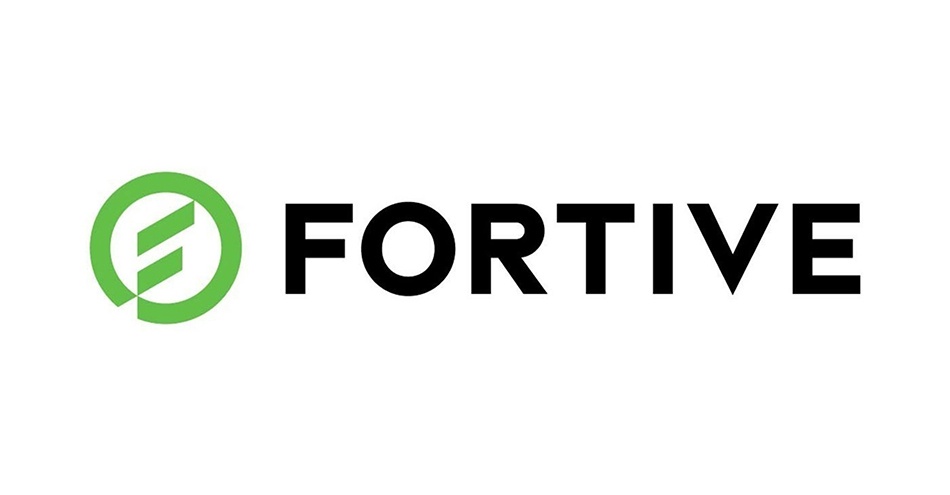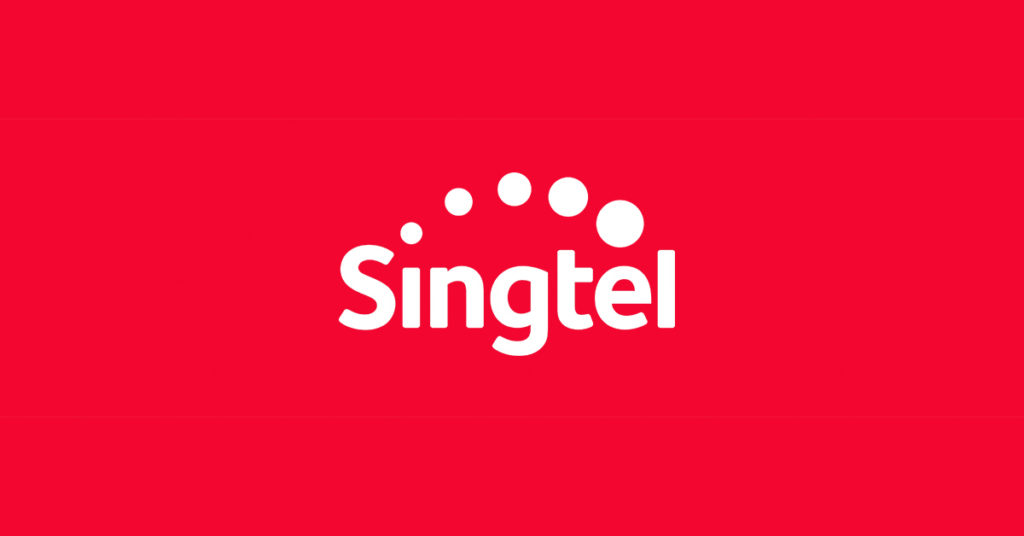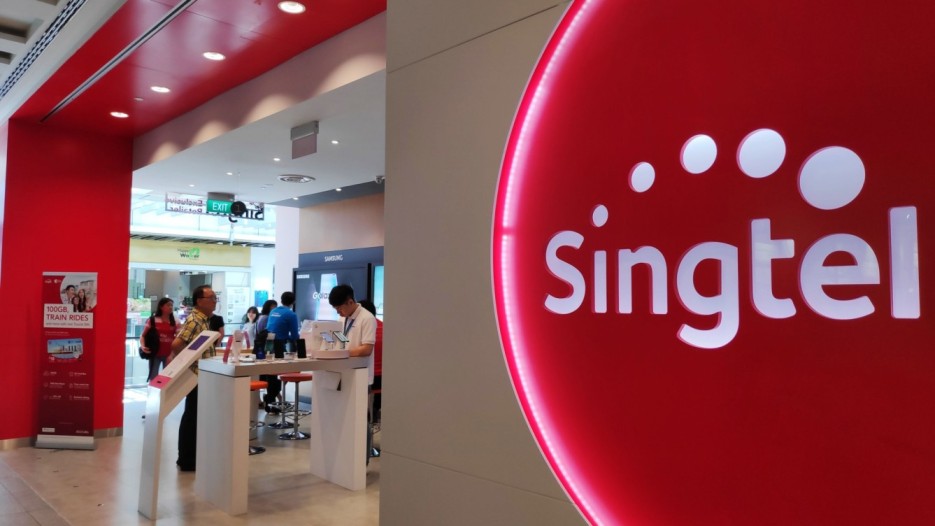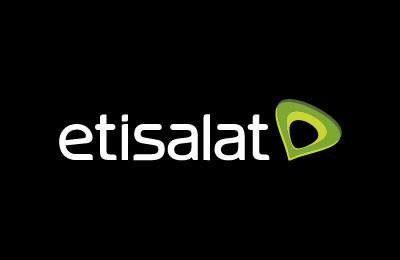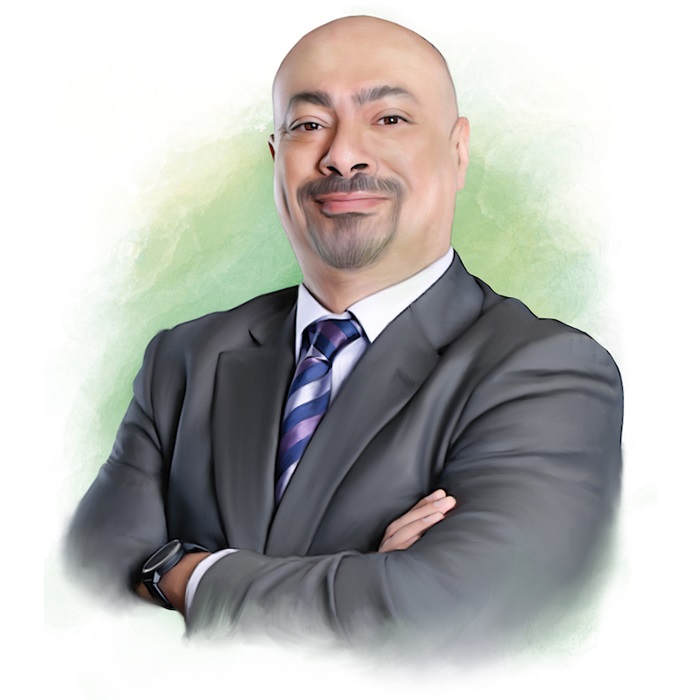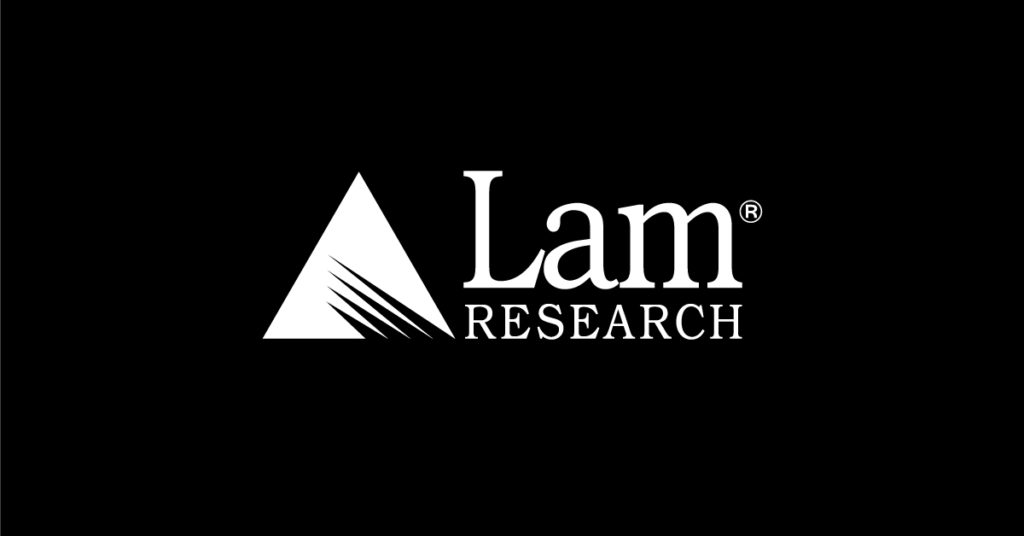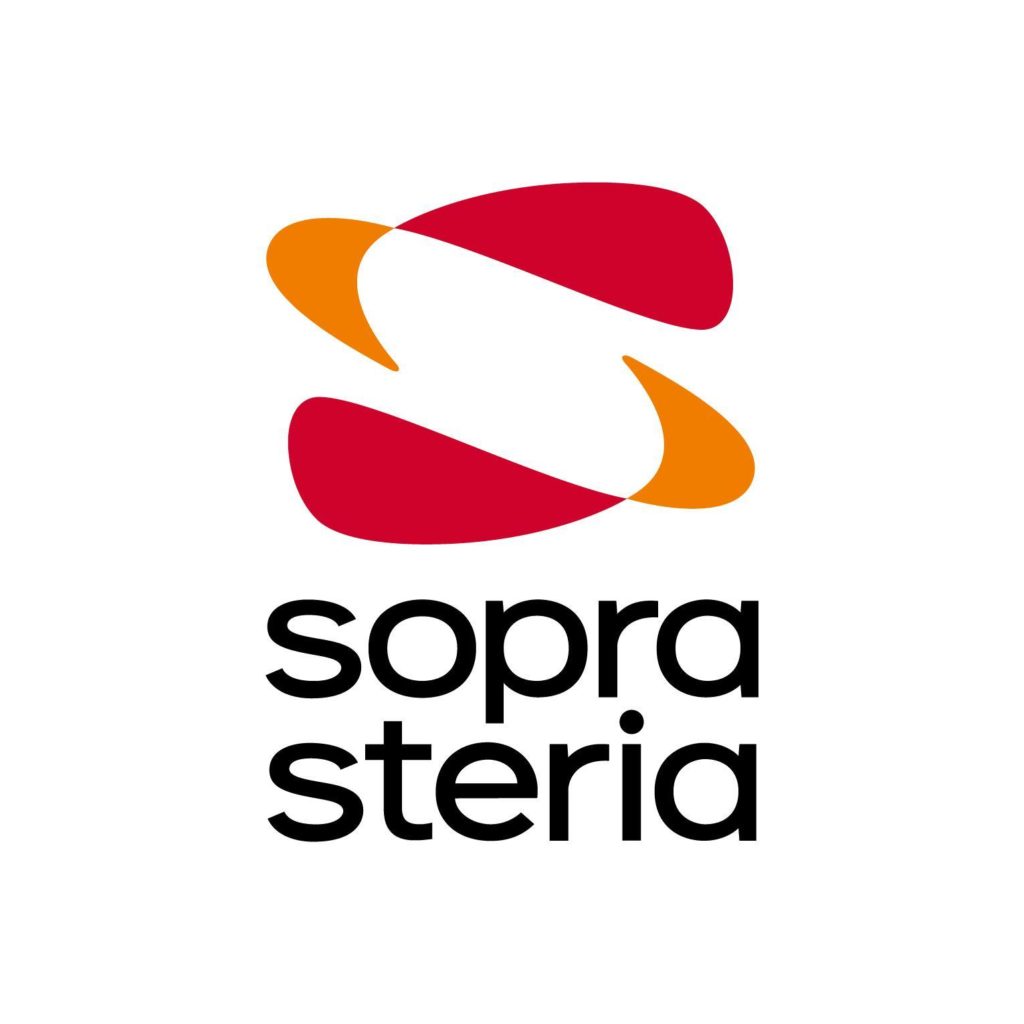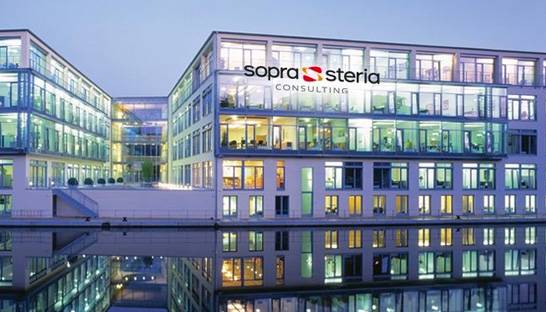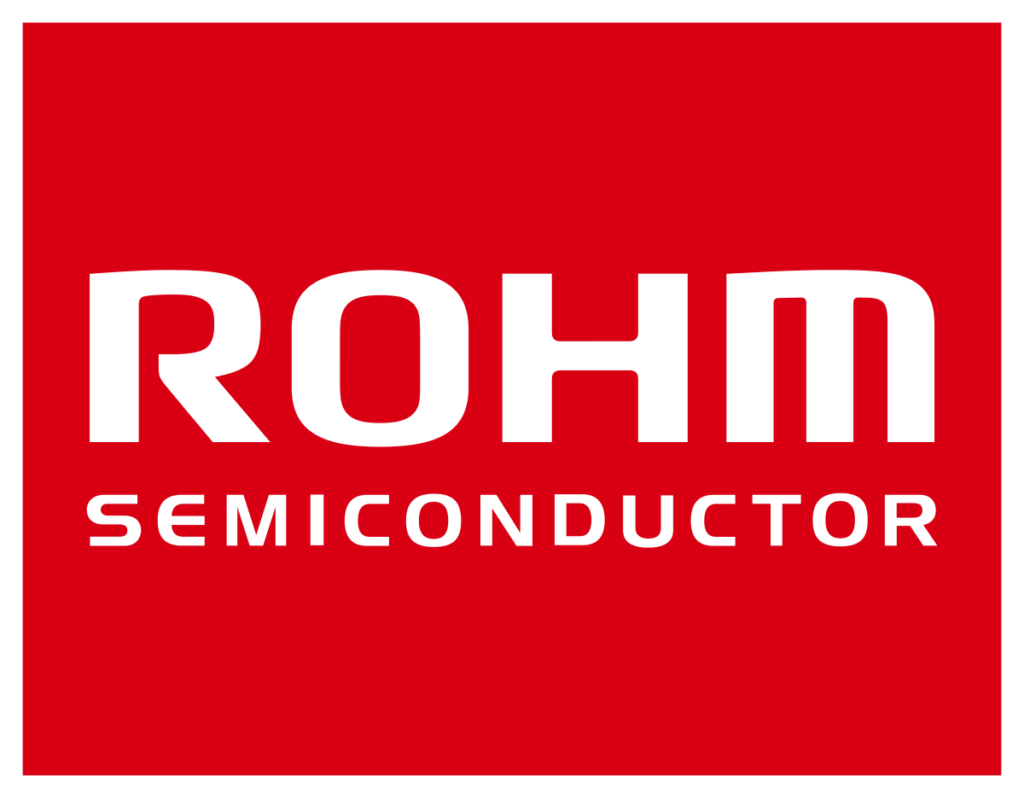Fortive: A Five-year-old start-up is named as one of the world’s most admired companies by Fortune.
Fortive is a huge success in the technology industry currently controlling many businesses in Instrumentation, transportation, automation, franchise distribution, etc. The company was founded in 2016 by the current CEO of the company, Jim Lico. Fortive was a part of Danaher Corporation, an American diversified conglomerate that spun off the former in 2016. The headquarters of Fortive Corporation is based in Washington. For two consecutive years, Fortive was named as a Future 50 Company by Fortune. This young industrial conglomerate is also on the Fortune 500 list.
About Fortive Corporation
Fortive was created by Danaher Corporation by spinning off a few subsidiaries which include Matco and AMMCO-COATS. The main aim of Fortive is to deliver innovative technologies to its customers and solve pressing challenges. Fortive works in various fields satisfying a wide range of customers. There are three main segments in which Fortive’s operating companies are divided. The first is Intelligent Operating Solutions which is responsible for ensuring better security and compliance and energy efficiency. Secondly, Precision Technologies solves very tough technical challenges thus a significant part of research and product development, and lastly, Advanced Healthcare Solutions ensures timely delivery of safe healthcare for the patients.
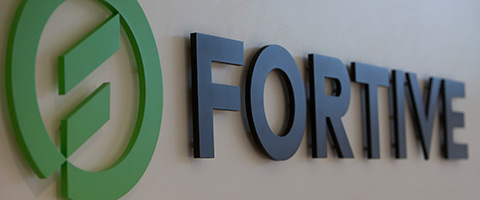
Growth and Strategic Acquisitions
Fortive is a very young company and since its foundation, the company has focused on acquiring other businesses from various fields. After it was spun off in June 2016, Fluke Corporation (a subsidiary of Fortive) acquired eMaint, a CMMS IIoT system. After a month, Global Transportation Technologies (GTT) was acquired which is a company in the traffic management sector. In July 2017, Fortive acquired Industrial Scientific, a Pittsburgh-based gas detection and safety-as-a-service company. The company also acquired Landauer for $770 million. It is a company that provides services to determine radiation exposure both at the occupational and environmental levels. Gilbarco Veeder Root, a subsidiary of Fortive acquired Orpak Systems which is known for delivering technical solutions to oil companies and commercial fleets.
In 2018, Fortive bought a software firm called Accruent for $2billion. This year Tektronix, another subsidiary of Fortive acquired Initial State which is a data streaming and visualization platform. Fortive Corporation has many subsidiaries acquiring companies in different fields which made it a big success within five years of its establishment. The company entered the healthcare sector after its acquisition of Johnson & Johnson’s Advanced Sterilization Products (ASP) business. This deal was closed in April 2019 and in the same year, Fortive acquired Censis Technologies, which is a SaaS company providing inventory guides in the surgical field.
In September 2019, Fortive announced that it will be splitting into two different publicly traded companies. Last year, Vontier, the new company was announced. Fortive has a very strong working culture and it significantly invests its time and energy in doing social work as well. As a socially responsible company, it tries to minimize waste production and avoid pollution along with adopting sustainable practices. In 2020, Fortive was named as one of the 500 most responsible companies by Newsweek.
About Danaher Corporation
Danaher Corporation is an American diversified conglomerate with its headquarters based in Washington, D.C. The company is divided into four platforms, namely, Life Sciences, Diagnostic, Water Quality, and Environmental & Applied Solutions. Danaher is known as one of the best companies for diverse employees. The founders of the company are Steven M. Rales and Mitchell Rales. It was founded back in 1969 as a real estate investment trust. The company was on a spree to acquire new companies and currently has an arsenal of subsidiaries. Danaher became one of the first companies in North America to adopt ‘Kaizen’ which is a Japanese philosophy of lean manufacturing. Both Danaher and Fortive believe in a sustainable way of manufacturing products.
Jim Lico – Founder and CEO of Fortive Corporation

The full name of Jim Lico is James A. Lico who is the founding president and CEO of the Fortive Corporation. He was a part of Danaher since 1996 and joined the company as Vice President Operations of Veeder-Root in Altoona, Pennsylvania. He participated in a broad chain of responsibilities in Danaher which includes running Danaher Business System (DSS) for a year, executive leader for the Emerging Market Regional Boards of China, Japan, India and Middle East, etc. Jim graduated with a BS degree from the University of Michigan and a Masters in Management from Northwestern University.

Annasha Dey is an NIT student, who apart from studying engineering is also a content writer. She has a great interest in photography, writing, reading novels, and travelling as well. She is a foodie who loves socializing and hanging out with her friends. She is also a trained Kathak dancer and a big fashion enthusiast. Dey also loves watching TV series, which includes F.R.I.E.N.D.S. and Big Bang Theory. To be a better writer she prefers to read more
